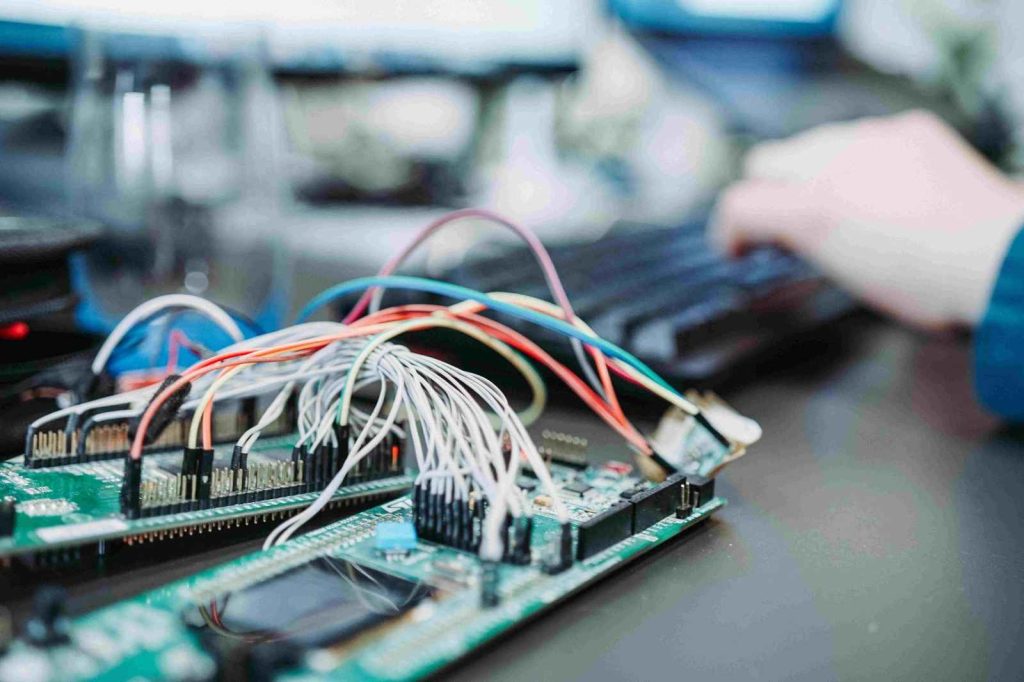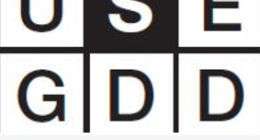The development of modern cloud applications and runtime platforms, along with machine learning and artificial intelligence, are transforming the industrial software market. Companies that want to effectively ensure their competitiveness cannot stay on legacy platforms, so internet of things app development services they should choose. However, navigating the emerging market for these platforms is no easy task. This report explores the key strategic and technical differences between the various IoT-enabled application platforms.

Which platforms do you need for your digital enterprise?
Overview
Every internet of things app development service is found in the offerings of a good deal of software and automation tool vendors. Each company has its own rationale for offering such platforms, but the primary and common reason for offering them is the need to tap into the landscape of effective development and use of modern applications.
There is still some confusion in the marketplace regarding these platforms and internet of things app development services. This is partly because the term ‘platform’ is often used in completely different senses. Many of the subjects of technical discussion are computing infrastructure, operating systems, chipsets, smartphones, and many other ‘platforms’.
Two basic platform strategies
The greatest confusion is caused by the simultaneous commercial development of both Industrial IoT (IoT) and computing platforms. The IoT is based on the interconnection of physical objects or devices. Typically, a custom platform is used to connect these “things”. However, it is often difficult to distinguish at first glance between a platform for connecting devices in the IoT and cloud internet of things app development services with IoT capabilities. This is mainly because of the similar-sounding descriptions and attributes that are frequently used in marketing materials and on websites. However, a closer look reveals that the former is primarily an end-to-end platform, while the latter is a cloud platform. However, this overlap between the two terms is expected to continue as both endpoint and cloud vendors gradually expand their capabilities to include both types of platforms together in their offerings.
This article primarily focuses on the platforms named second in order, i.e., cloud application platforms with IoT capabilities.
One of the insights of the article’s authors is that, in addition to the shift to modern development and runtime environments, a common driver of development will be the idea that customers can benefit from large interoperable “ecosystems” of application vendors and the applications themselves.
Manufacturing with continuous processes, discrete manufacturing, distribution infrastructure, and smart cities are included in the discussion.
Cloud application platforms
Cloud application platforms represent a modern approach to application development and implementation that is gradually replacing the older client/server model under which large, complex, monolithic applications were built and run. In practice, the client/server model has dominated both information systems (IT) and operational technology (OT) software over the past few decades. However, as more and more companies provide internet of things app development services and adopt a modern approach to platforms, the rate of change from a client/server model to a platform model is increasing.
This change has spurred competition between platforms in the market. Some large companies are seeking to become the dominant provider of their own ecosystem for platforms with the broadest library of third-party applications, often complemented by automation technology and devices. Other vendors and smaller companies are merely trying to find ways to compete in an emerging environment.
Open systems
The transition to open systems can be observed at two levels: at the level of cloud application platforms and at the level of automation and operational devices. At the level of cloud application platforms, many competing platforms are based on the common open-source Cloud Foundry platform. Although built on an open platform, the cloud application platforms themselves are somewhat less open.
Platforms and the edge model
In the Weelorum experience case, in developing or providing internet of things app development services for the structure of the IoT platform model, the ARC consulting group considered several important points:
- the emergence of cloud-based application platforms as the next generation of development and runtime environments for use in industry (and elsewhere),
- the existence of IoT end-device level platforms whose main roles are to provide and manage connectivity to edge devices and implement applications,
- the recognition that advanced analytics must be an integral part of the IoT solution,
- the fact that edge devices and systems are the foundation of the IoT solution,
- the emergence of fog as an important concept in communications networks and computing.
Application platform with IoT services
The Application Platform with IoT Services is essentially a cloud-based application platform licensed as a service (PaaS). The Weelorum group said it could be built on the open-source Cloud Foundry stage or on a few other stages, such as Microsoft Azure or Amazon Web Services (AWS), both of which are authorized with the Cloud Framework as a Benefit (IaaS) model.
The IoT administration application stage is an application improvement and runtime environment. As such, it can be utilized for IoT applications as well as numerous other applications. The program is built within the shape of microservices. An essential microservice regularly performs one specific trifling work. Fundamental microservices can be gathered together to make more complex composite microservices or applications. The platform provider thus creates commercial applications and may allow third parties or customers to build and use their own applications on the platform.
The cloud application stage comes with an essential (center) set of (micro)services and improvement instruments that can be utilized to construct custom applications. The center construct is complemented by a set of analytics and information administrations in conjunction with IoT Edge services. In addition, some vendors may extend their platform offerings to include services from third parties or their partners.
IoT platforms at the device level
Device-level IoT platforms provide connectivity to edge devices and systems. These platforms typically also have tools for managing devices and for developing and implementing applications on devices in the cloud. They provide context for connected data flows and may also offer tools for modeling, visualization, and some type of analysis. Those stages are frequently complemented by a cloud application stage, so they tend to incorporate cloud-to-cloud integration capabilities as well as endeavor integration instruments.
Disclosure: If we like a product or service, we might refer them to our readers via an affiliate link, which means we may receive a referral commission from the sale if you buy the product that we recommended, read more about that in our affiliate disclosure.
Read More: World News | Entertainment News | Celeb News
Tech Follows







